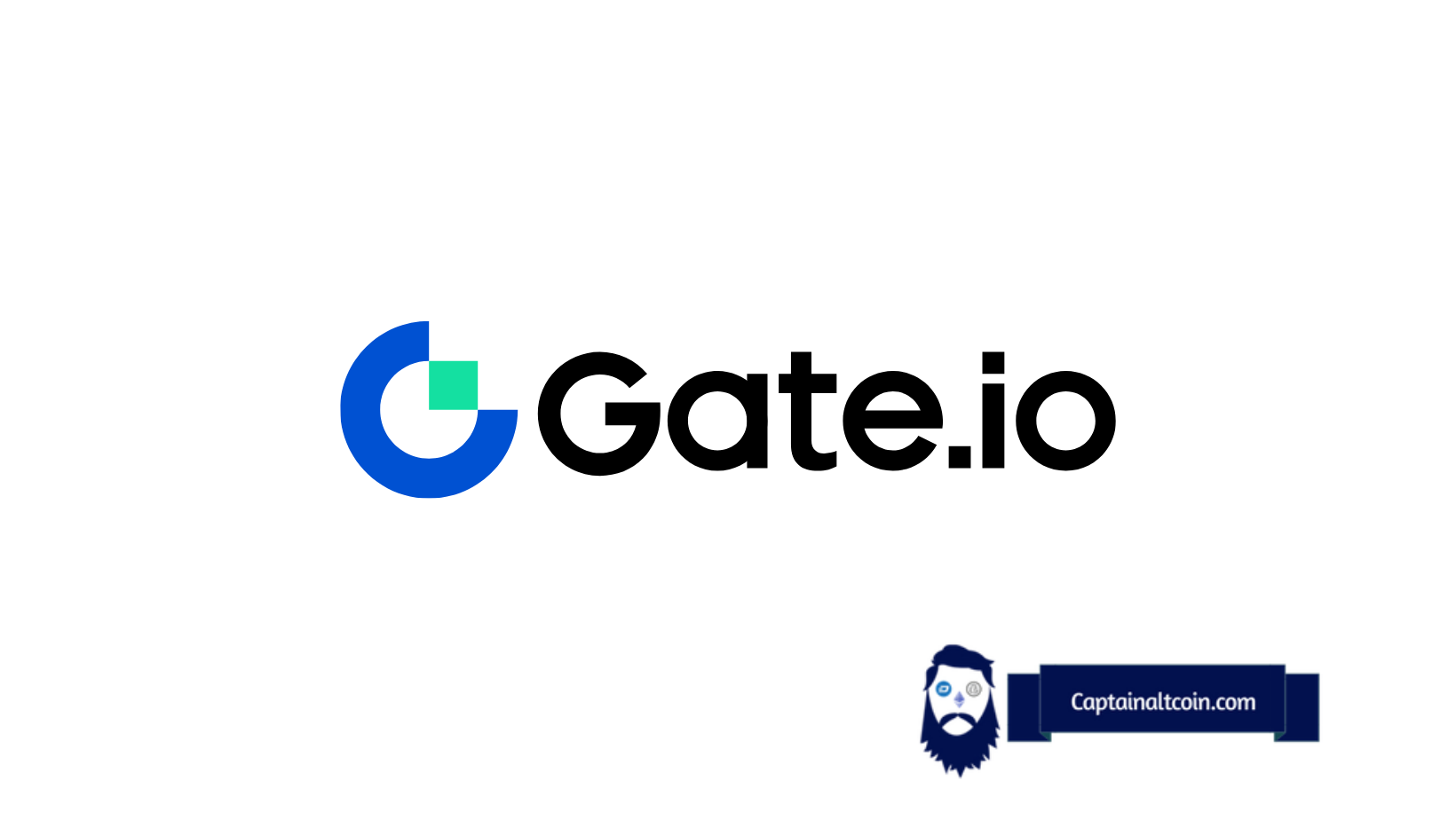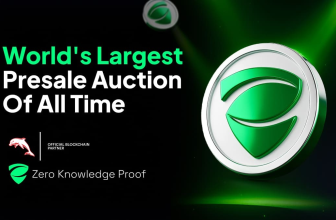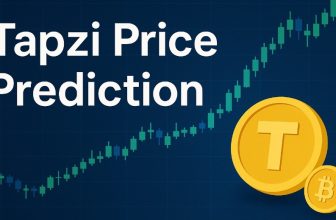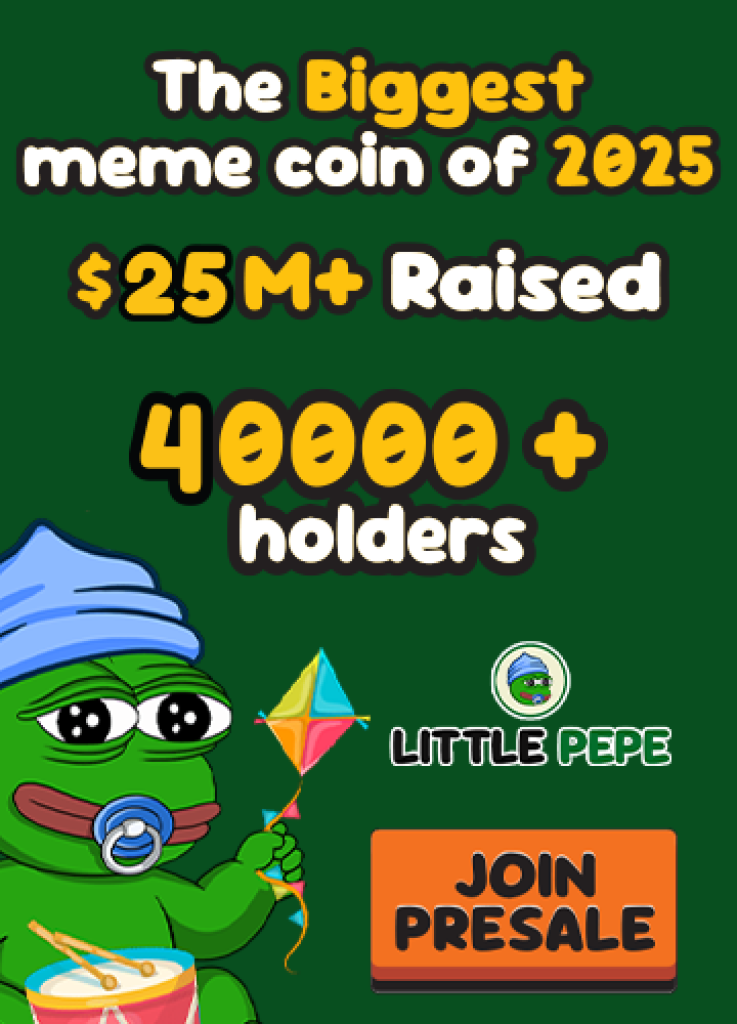
The Ethereum blockchain has emerged as a versatile platform for the development of various tools and applications, far surpassing its initial purpose as a digital currency. With its decentralized nature, smart contract capabilities, and expansive ecosystem, Ethereum has become an attractive option for developers and innovators alike.
Ahead of another incremental network update called Shanghai, we decided to explore the types of tools and apps that can be created on the Ethereum blockchain, showcasing its potential to revolutionize various industries. We will also evaluate how this potential may transform the price of ETH and the whole crypto market in general.
What you'll learn 👉
Ethereum ecosystem 101
Not many blockchains can offer the same functionality as Ethereum. And when we get to compare the ecosystem size, no other blockchain comes even close to what Ethereum has to offer. Whether you are an ETH believer, or a developer looking to build on the network, here is a list of tools and apps, Ethereum currently has to offer.
Decentralized Finance (DeFi) Platforms
One of the most prominent use cases for the Ethereum blockchain is decentralized finance, or DeFi. DeFi platforms allow users to access various financial services, such as lending, borrowing, trading, and investing, without the need for intermediaries like banks or financial institutions. Unlike major centralized crypto exchanges like Gate.io, the disadvantages of such platforms include lack of support, complicated UI, and at times, lack of security.
Non-Fungible Tokens (NFTs)
Non-fungible tokens (NFTs) have gained significant traction in recent years as a means to represent unique digital assets, such as art, collectibles, and virtual real estate. Built on the Ethereum blockchain, NFTs enable artists and creators to tokenize their work, ensuring authenticity and ownership. Marketplaces like OpenSea, Rarible, and Magic Eden have emerged to facilitate the buying, selling, and trading of NFTs, further expanding the possibilities for creative industries.
Decentralized Applications (dApps)
The network’s smart contract capabilities have made it an ideal platform for building decentralized applications (dApps) that offer a wide range of services. Some popular dApps on Ethereum include:
- Decentralized Autonomous Organizations (DAOs): Organizations that are governed by their members through smart contracts, such as Aragon and Colony.
- Gaming: Blockchain-based games like CryptoKitties, Axie Infinity, and Decentraland, which leverage NFTs and token economies.
- Social media platforms: Decentralized social media platforms, like Peepeth and Sapien, which aim to provide censorship-resistant and privacy-centric alternatives to traditional social media.
Identity and Verification Solutions
The Ethereum blockchain also enables the development of identity and verification tools that can help streamline and secure online processes. Platforms like uPort and Civic provide decentralized identity solutions, allowing users to manage and share their digital identities securely while reducing the risk of identity theft and fraud.
Supply Chain Management
Ethereum-based tools can help improve transparency, traceability, and efficiency in supply chain management. By using smart contracts and blockchain technology, companies can track the movement of goods and verify their authenticity, resulting in greater trust among consumers and businesses alike. Examples of Ethereum-based supply chain solutions include VeChain and OriginTrail.
The history of ETH price
Since its inception in 2015, Ethereum has experienced significant fluctuations in price, marking several key milestones along its journey. Initially, Ether (ETH), the native cryptocurrency of the Ethereum network, was introduced at a price of around $0.30 during its presale in July 2014. In 2017, Ethereum experienced its first major surge, reaching an all-time high of approximately $1,400 in January 2018, driven by the growing interest in decentralized applications (dApps) and initial coin offerings (ICOs).
Following this peak, the cryptocurrency market faced a bearish trend, and Ethereum’s price plummeted to around $85 in December 2018. The advent of decentralized finance (DeFi) and non-fungible tokens (NFTs) in 2020 rejuvenated Ethereum’s value, as the network became the backbone of these innovative sectors. This led to another all-time high in May 2021 when ETH price surpassed $4,300. Despite periodic setbacks and corrections, Ethereum’s price has continued to climb, reflecting the platform’s utility and adoption in the ever-evolving world of blockchain technology.
Given the size of Ethereum ecosystem of apps, smart contracts and staking, analysts predict that the price of ETH may grow beyond $4,800. The main reasoning behind this is that Ethereum boasts real utility. Some compare it to the internet of the blockchain world, so the future is definitely bright.
Summary
The Ethereum blockchain has proven to be a versatile platform for the development of various tools and applications, thanks to its decentralized nature and smart contract capabilities. From decentralized finance platforms and non-fungible tokens to decentralized applications, identity and verification solutions, and supply chain management tools, Ethereum is revolutionizing industries and opening up new possibilities for innovation. As the ecosystem continues to grow and mature, we can expect to see even more groundbreaking applications emerge on the Ethereum blockchain, further solidifying its position as a critical force in the world of technology and finance.








